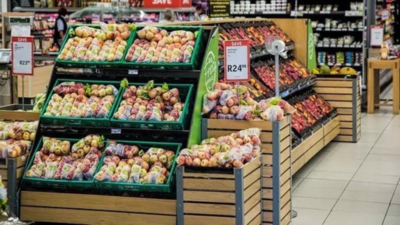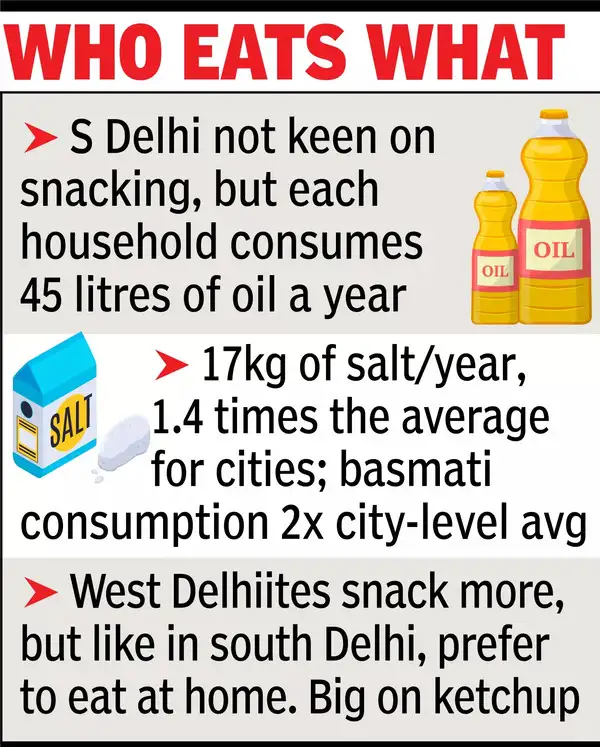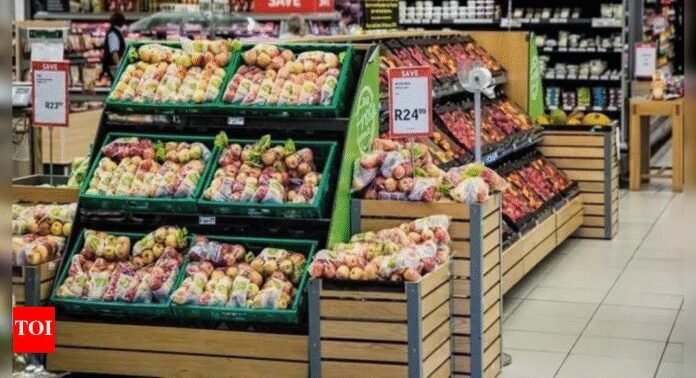Understanding FMCG Trends in India: A Simple Guide
South Delhi: India’s Top FMCG Consumer

South Delhi is rich. It uses the most fast-moving consumer goods (FMCG) in India. But West Delhi spends the most money on these goods. This is true not just in Delhi, but all over India.
Important Facts
- Both areas like home-cooked meals and bottled cold drinks.
- West Delhi families spend Rs 39,325 a year on average. This is more than twice what most Indian families spend.
- South Delhi families use 240kg of FMCG every year. This is also twice the national average.

Bengaluru Loves Premium Products
Bengaluru spends the most on premium products. The average spend is Rs 211 for every kilo of FMCG. No other city spends more than Rs 195 per kg.
Mumbai’s Shopping Habits
Mumbai’s Greater Dharavi Santacruz Cluster (GDSC) has the most frequent shoppers. Each family shops 233 times a year for FMCG products. That’s once every 37 hours. Most urban Indian families shop 128 times a year.
- Each shopping trip in GDSC costs only Rs 93.
- They buy just 541g per trip. This is the lowest among big cities.
- Only Surat and Kolkata spend less than Rs 100 per trip.
Delhi’s Consumption Patterns
South Delhi buys the least amount of snacking products. But it uses 45 litres of edible oil and 17kg of salt per year. This is more than the city average. This area also uses a lot of basmati rice. It uses twice the city average.
South Delhi’s low interest in snacking shows a love for home-cooked meals. But it also uses 20 litres of bottled soft drinks a year. This is 1.3 times the city average. It seems taste is more important than health here.
West Delhi loves salty snacks. Families spend about Rs 1,700 a year on these products. This is 1.3 times the city average. They also spend a lot on spices, basmati rice, sauces, ketchups, and bottled soft drinks. This shows a love for flavored and food-centric lifestyles.
Expert Opinion
Rehan Hasan is the head of sales at Dabur India. He says, “Delhi has always preferred larger pack sizes in FMCG. This shows the city’s wealth and smart buying habits.”



